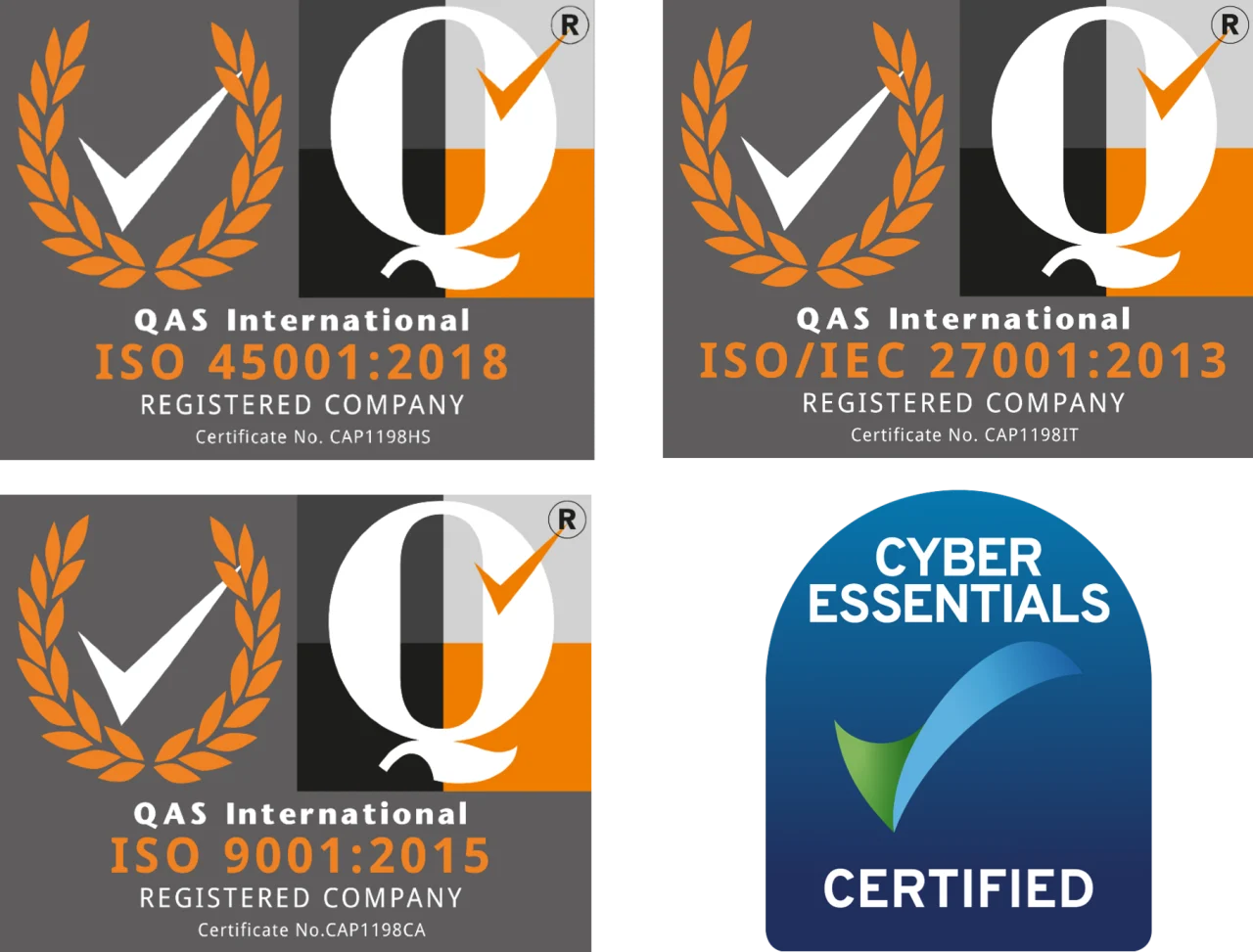When you put a logo in an email you only need it to be a few centimetres high. Similarly, when you visit a website, you want images to appear quickly and not have to wait for them to download. You need smaller images both ‘on the page’ and in terms of ‘file size’. This is where image compression comes in. Compressing images can also help save disk space.
What is image compression and how does it affect file size?
When printers and graphic designers create an image for you, it is very high resolution and huge in size (usually >2Mb), so that they can print in top quality and use the same image in any medium, from a letterhead to a 50-foot high projection.When these files get sent through the web, whether in an email or on a website, they need to be made smaller i.e. compressed.
Image compression makes the image size on the page and the depth and clarity of colour smaller, with no visible loss of quality.
If you are working in Office 2003 you can use a useful little utility called Microsoft Office Picture Manager. This tool allows you to compress JPEG format images in both ‘size on the page’ and ‘file size’. If you are using Microsoft Office 2013 or later, here are instructions on how to compress an image. Compressing images in a Microsoft Word document can help reduce the overall file size.
How to compress pictures in Microsoft Office:
1) Open the image in Microsoft Word
2) Double click on the picture you want to compress
3) Under Picture Tools, on the Format tab, under Adjust, click Compress Pictures icon.
(If you can’t see this option, make sure your window is full screen)
4) Select Apply only to this picture.
5) Under target output, select the desired resolution. Suggested sizes are given for print, screen and email.
If you cannot open a particular image file, ask the person who supplied you with that file for a JPEG version.
Images sent in emails should never exceed 500kb and most (especially logos) can easily be reduced to under 20kb. Any images stored on websites that are larger than 40kb will visibly slow down your website.
Another good thing to note is that any images stored on websites that are larger than 40kb will visibly slow down your website.
Best Practices for Image Compression
When compressing images in a Word document, it’s essential to follow best practices to ensure that the image quality is maintained while reducing the file size. Here are some tips:
- Use the “High Fidelity” option to compress images without losing quality.
- Select the “Delete cropped areas of pictures” option to remove unnecessary pixels.
- Choose the appropriate resolution based on the intended use of the document.
- Avoid over-compressing images, as this can result in a loss of detail.
- Use the “Compress Pictures” feature in the Picture Format tab to compress multiple images at once.
Troubleshooting and FAQs
Q: Why can’t I compress images in Word Online? A: Image compression is not available in Word Online. However, you can compress images in the desktop version of Microsoft Word and then upload the document to Word Online.
Q: How do I compress all images in a Word document? A: To compress all images in a Word document, go to the File menu and select “Compress Pictures”. Alternatively, you can select all images in the document and click on the “Compress Pictures” button in the Picture Format tab.
Q: What is the difference between “High Fidelity” and “Email” resolution? A: “High Fidelity” resolution is suitable for printing and high-quality display, while “Email” resolution is suitable for web use and email attachments.
Optimising Image Compression for Different Platforms
When compressing images in a Word document, it’s essential to consider the platform on which the document will be viewed. Here are some tips for optimising image compression for different platforms:
- For web use, use the “Email” resolution to reduce the file size and ensure fast loading times.
- For printing, use the “High Fidelity” resolution to maintain high image quality.
- For mobile devices, use a lower resolution to reduce the file size and ensure fast loading times.
- For desktop use, use the “High Fidelity” resolution to maintain high image quality.
By following these tips and best practices, you can optimise image compression for different platforms and ensure that your Word documents are viewed correctly and efficiently.
If you need any further assistance with image compression, ESP Projects would be happy to help, contact our friendly team, alternatively, take a look at our IT Support packages.

